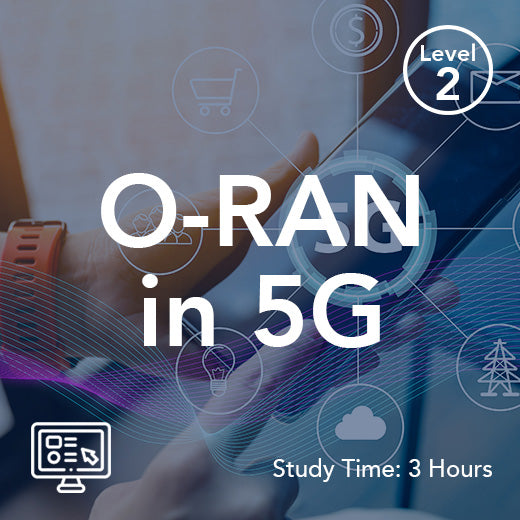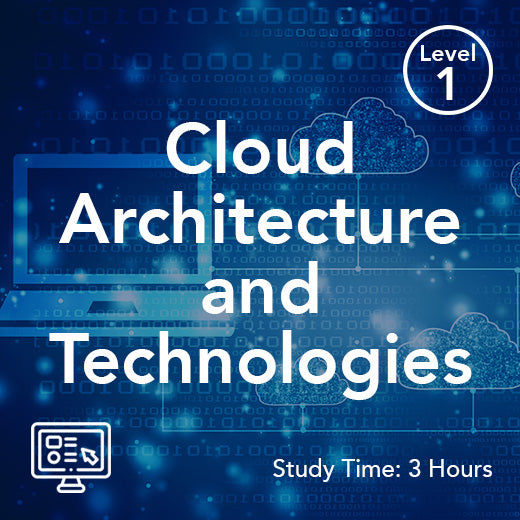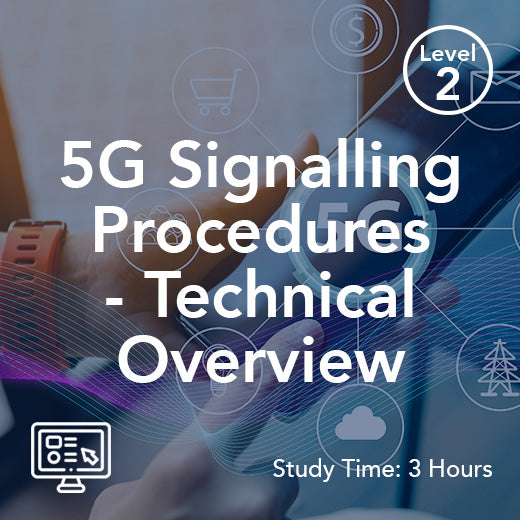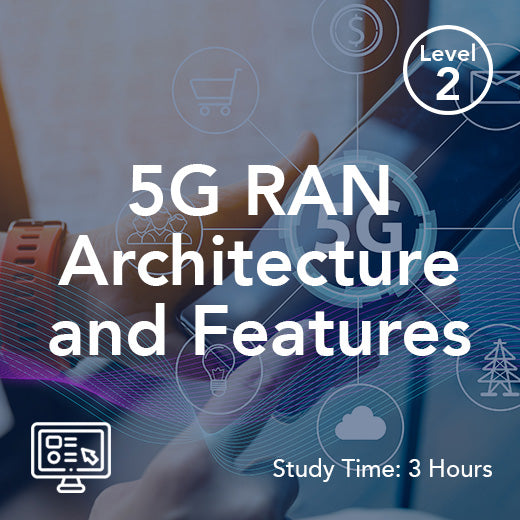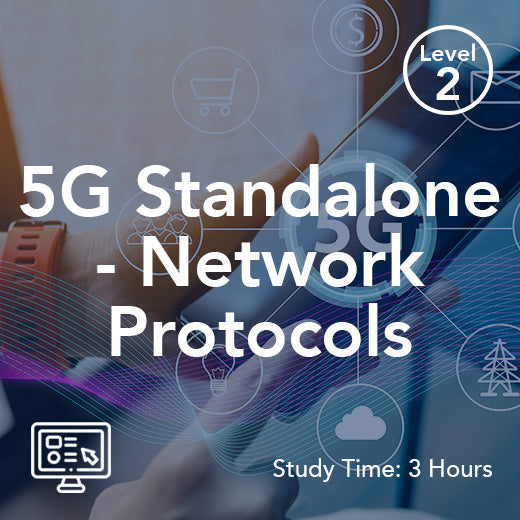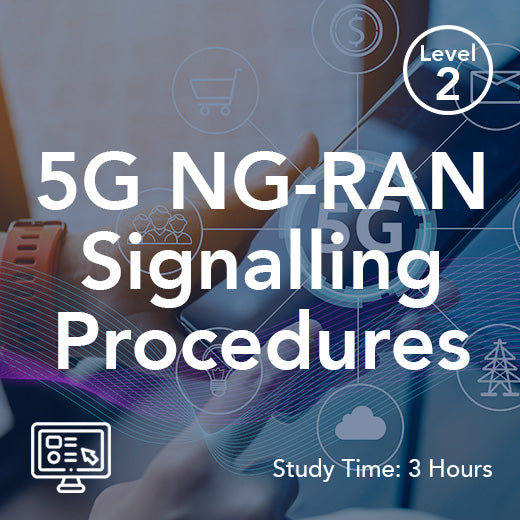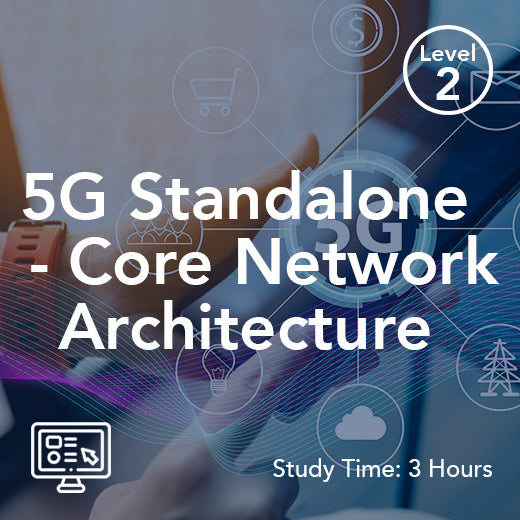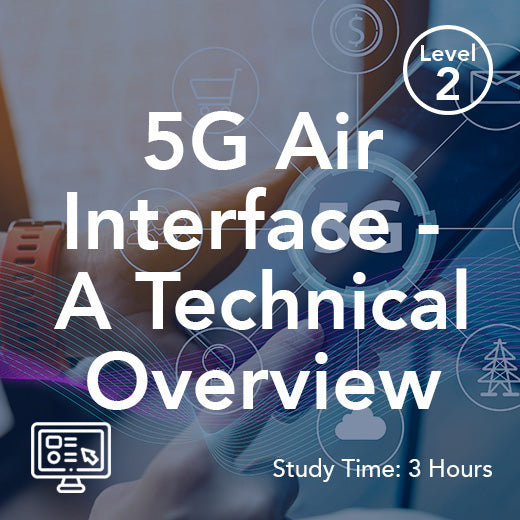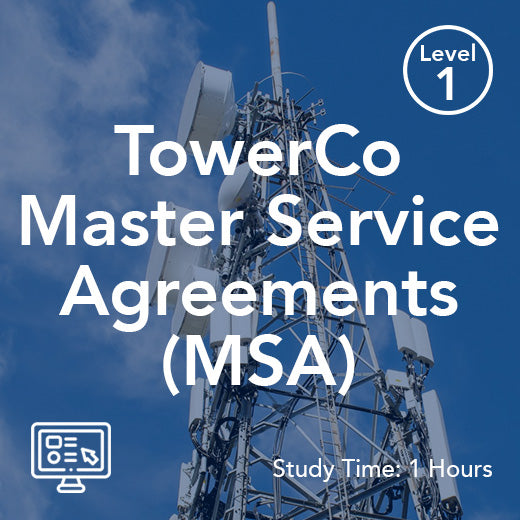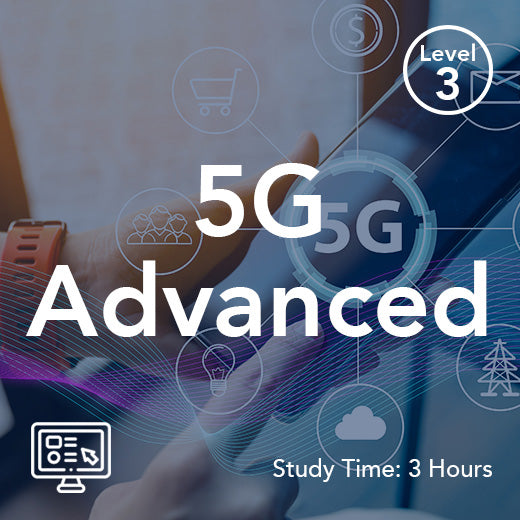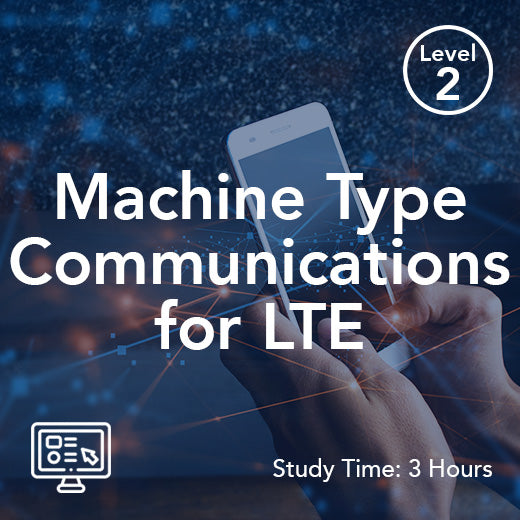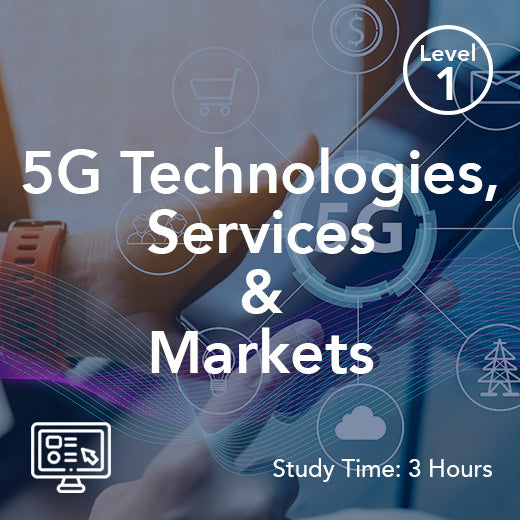How Does 5G Empower Telehealth Solutions?
- , by Stephanie Burrell
- 2 min reading time
Telehealth, also known as telemedicine, has been gaining momentum in recent years as a way to provide medical care remotely through the use of technology. With the advent of 5G technology, telehealth solutions are poised to become even more powerful and effective in delivering high-quality healthcare to patients wherever they may be.
One of the key ways in which 5G empowers telehealth solutions is through its ultra-fast speeds and low latency. 5G networks are capable of delivering data at speeds up to 100 times faster than 4G networks, with latency as low as 1 millisecond. This means that healthcare providers can transmit high-definition video and other data in real-time, enabling them to conduct virtual consultations with patients with clarity and precision. This is particularly important in situations where quick decisions need to be made, such as in emergency medical situations or when monitoring patients with chronic conditions.
The high speeds and low latency of 5G also enable the use of advanced technologies such as augmented reality (AR) and virtual reality (VR) in telehealth solutions. These technologies can be used to create immersive experiences for patients, allowing them to better understand their medical conditions and treatment options. For example, AR can be used to overlay medical information on a patient's body during a virtual consultation, while VR can be used to simulate medical procedures or environments to help patients prepare for upcoming treatments.
Another way in which 5G empowers telehealth solutions is through its ability to support a large number of connected devices simultaneously. With the Internet of Things (IoT) becoming increasingly prevalent in healthcare, 5G networks can handle the massive amounts of data generated by wearable devices, sensors, and other connected devices used in telehealth applications. This allows healthcare providers to monitor patients remotely and gather valuable data on their health status in real-time, enabling them to make more informed decisions about their care.
Furthermore, 5G networks are more reliable and secure than previous generations of wireless technology, making them ideal for transmitting sensitive medical data. This is crucial in telehealth applications, where patient confidentiality and data security are of utmost importance. With 5G, healthcare providers can be confident that their patients' data is being transmitted securely and that their privacy is being protected.
In conclusion, 5G technology is revolutionizing the field of telehealth by enabling faster, more reliable, and more secure communication between healthcare providers and patients. With its ultra-fast speeds, low latency, support for advanced technologies, and ability to handle a large number of connected devices, 5G is empowering telehealth solutions to deliver high-quality healthcare to patients wherever they may be. As 5G networks continue to roll out and expand, the future of telehealth looks brighter than ever.
One of the key ways in which 5G empowers telehealth solutions is through its ultra-fast speeds and low latency. 5G networks are capable of delivering data at speeds up to 100 times faster than 4G networks, with latency as low as 1 millisecond. This means that healthcare providers can transmit high-definition video and other data in real-time, enabling them to conduct virtual consultations with patients with clarity and precision. This is particularly important in situations where quick decisions need to be made, such as in emergency medical situations or when monitoring patients with chronic conditions.
The high speeds and low latency of 5G also enable the use of advanced technologies such as augmented reality (AR) and virtual reality (VR) in telehealth solutions. These technologies can be used to create immersive experiences for patients, allowing them to better understand their medical conditions and treatment options. For example, AR can be used to overlay medical information on a patient's body during a virtual consultation, while VR can be used to simulate medical procedures or environments to help patients prepare for upcoming treatments.
Another way in which 5G empowers telehealth solutions is through its ability to support a large number of connected devices simultaneously. With the Internet of Things (IoT) becoming increasingly prevalent in healthcare, 5G networks can handle the massive amounts of data generated by wearable devices, sensors, and other connected devices used in telehealth applications. This allows healthcare providers to monitor patients remotely and gather valuable data on their health status in real-time, enabling them to make more informed decisions about their care.
Furthermore, 5G networks are more reliable and secure than previous generations of wireless technology, making them ideal for transmitting sensitive medical data. This is crucial in telehealth applications, where patient confidentiality and data security are of utmost importance. With 5G, healthcare providers can be confident that their patients' data is being transmitted securely and that their privacy is being protected.
In conclusion, 5G technology is revolutionizing the field of telehealth by enabling faster, more reliable, and more secure communication between healthcare providers and patients. With its ultra-fast speeds, low latency, support for advanced technologies, and ability to handle a large number of connected devices, 5G is empowering telehealth solutions to deliver high-quality healthcare to patients wherever they may be. As 5G networks continue to roll out and expand, the future of telehealth looks brighter than ever.


